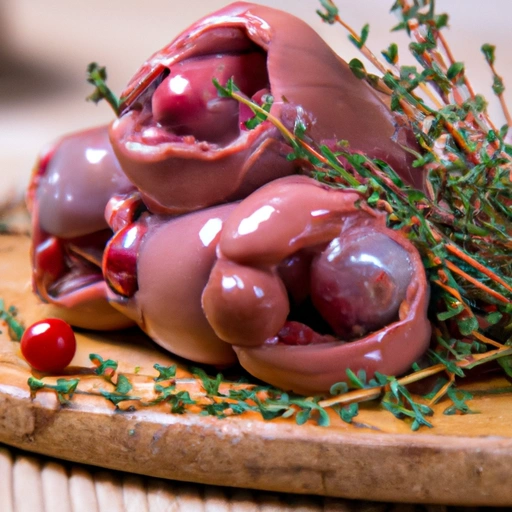Pigeon
Description

Pigeon meat is a gamey and nutritious ingredient that has been used in culinary traditions around the world. From the squab of young pigeons favored for its tender meat, to the fully mature birds, pigeon meat offers a unique flavor and texture that can enhance a variety of dishes. Its lean profile and rich taste make it a versatile component in both traditional and modern recipes.
Common uses
Pigeon meat is commonly used in a variety of dishes, from hearty stews and rich sauces to delicate salads and appetizers. It is often considered a delicacy and is especially popular in fine dining establishments. Pigeon can be found in cuisines across Europe, Asia, and America, where it is appreciated for its deep, earthy flavor and succulent texture.
Nutritional value
Calories
A 3.5-ounce (100-gram) serving of pigeon meat contains approximately 142 calories.
Protein
Pigeon meat is a good source of protein, offering about 18 grams per 3.5 ounces (100 grams).
Fat
The same serving size has around 7 grams of fat, of which only 2 grams are saturated, making it a relatively lean choice of meat.
Carbohydrates
Pigeon meat contains virtually no carbohydrates, making it suitable for low-carb diets.
Vitamins
It is a source of B-complex vitamins, particularly vitamin B12, which is essential for nerve health and the production of red blood cells.
Minerals
Pigeon meat contains minerals like iron, phosphorus, and zinc, important for various bodily functions.
Health benefits
The lean protein content in pigeon meat can help in muscle building and repair. The iron content aids in preventing anemia, while B-vitamins support energy metabolism. Additionally, its low levels of saturated fat contribute to cardiovascular health when consumed in moderation.
Potential risks
As with any game meat, there is a risk of exposure to lead from shot if the pigeon was hunted. It is also possible for pigeon meat to harbor pathogens if not handled and cooked properly, so it is important to ensure that it reaches an internal temperature of 165°F (74°C) to ensure safety.
Common recipes
Pigeon is featured in numerous dishes such as the classic French 'pigeon en croute', Moroccan 'pigeon pastilla', and the Chinese 'roast pigeon'. These recipes highlight the meat's adaptability to various cooking styles and cultural tastes.
Cooking methods
Pigeon meat can be roasted, grilled, braised, or sautéed. Young squab is particularly suited to quick, high-heat cooking methods to preserve its tenderness, while older pigeon benefits from slow cooking to break down tougher muscle fibers.
Pairing with other ingredients
Pigeon meat pairs well with a range of flavors and ingredients, such as earthy mushrooms, sweet fruit reductions, robust herbs like thyme and rosemary, and bold spices like cumin and coriander.
Summary
Pigeon meat is an esteemed ingredient with deep historical roots and a presence in various world cuisines. Its nutritional profile makes it a healthy option, and its culinary versatility allows for its inclusion in a wide array of dishes. When cooked correctly, pigeon can offer a unique and satisfying culinary experience.